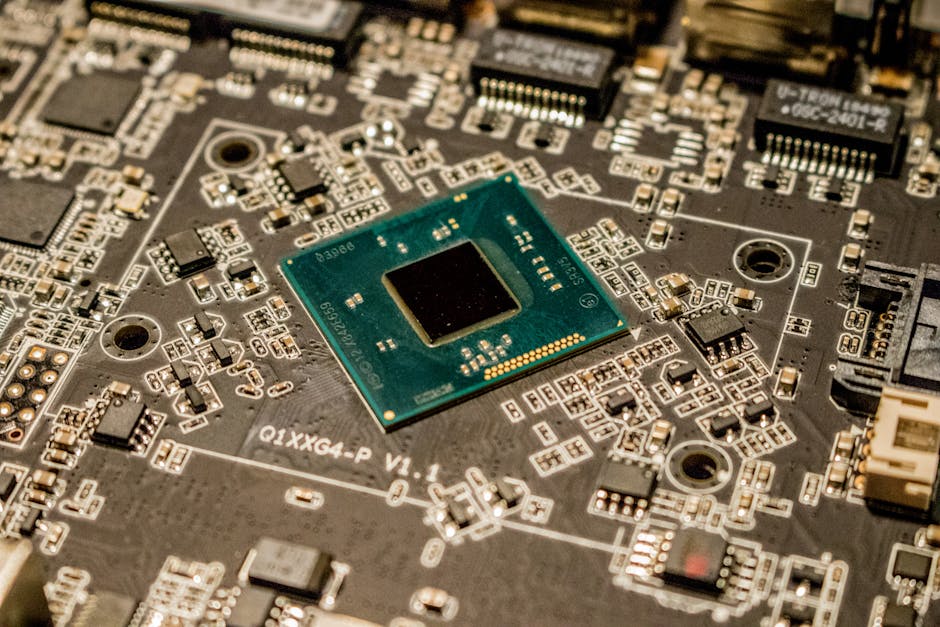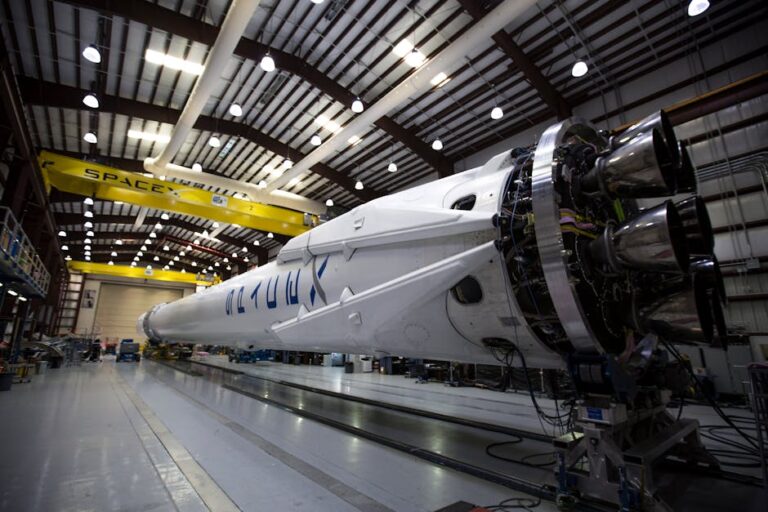The U.S. government has finalized an $8.9 billion investment in chip manufacturer Intel, securing a nearly 10 percent equity stake. President Donald Trump announced the historic deal, which converts previously allocated CHIPS Act funding and Secure Enclave program funds into company stock. This unprecedented move signals a new approach to federal semiconductor support.
President Donald Trump revealed on Friday that the U.S. government will acquire a 10 percent equity stake in Intel through an $8.9 billion investment. This significant financial arrangement, officially announced by Intel, reconfigures $5.7 billion in CHIPS Act funding and $3.2 billion from the Secure Enclave program into common stock. The transaction price of $20.47 per share equates to approximately 9.9 percent ownership, marking a substantial shift in how federal semiconductor initiatives are structured.
The deal follows a meeting between Intel CEO Lip-Bu Tan and President Trump, reportedly aimed at securing vital federal funding. Intel’s press release confirms the investment will be passive, with no board representation for the government, though shareholders will vote in alignment with the company’s board on most matters. This strategic infusion of capital comes as Intel navigates significant operational challenges, including workforce reductions and reported difficulties in scaling next-generation chip production.
“This move by the U.S. government to take an equity stake in Intel represents a profound shift in industrial policy, moving beyond direct subsidies to a shared-stake model in critical technology sectors.”
The administration has stated this equity arrangement is unique to Intel and will not be replicated with other CHIPS Act recipients. However, it follows reports of similar profit-sharing agreements with companies like NVIDIA and AMD concerning exports to China, indicating a broader strategy to leverage federal investment for national economic and security interests. Intel’s future remains under scrutiny despite this guaranteed investment and ongoing cost-cutting measures.
This substantial equity investment underscores a strategic pivot in U.S. technology policy, aiming to bolster domestic chip manufacturing through direct government ownership. While Intel secures vital financial backing, the long-term implications for both the company and the broader semiconductor industry remain to be seen as the chipmaker works to overcome its production hurdles.




